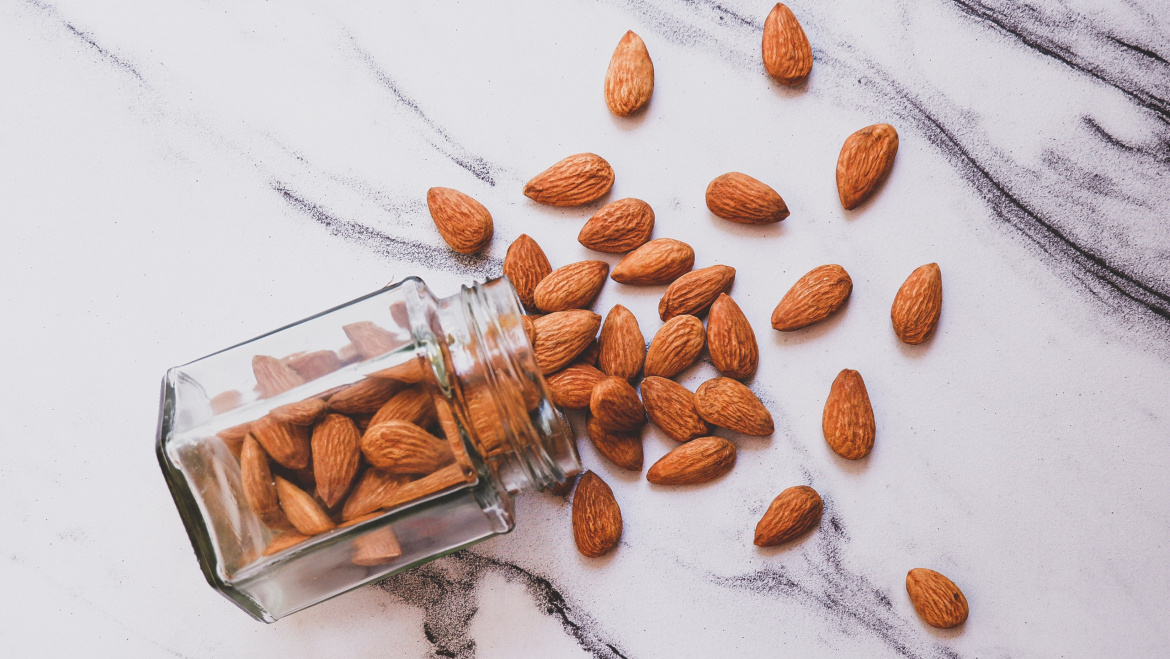We hear all the time that eating small frequent meals is best for overall optimal health and weight loss. But is it?
In the search for a “healthy snack” are we missing an important point about snacking altogether? Is any snacking really healthy?
Snacking can be healthy for SOME people, like those at the beginning of healing Type 2 diabetes, to help with blood sugar balancing. However, even for them, the ultimate goal is to consume three meals per day.
The problem with eating snacks or small frequent meals is that it takes 3 to 5 hours for food to leave the stomach. Food needs a specific pH to digest properly depending on where it lies on the acid/alkaline scale. So, if you eat a meal, and then add something else to the stomach only an hour or so later that needs a different pH, you’re never giving your body the chance to digest optimally.
You end up being in a constant state of digestion and most likely aren’t digesting your foods properly.
When you aren’t digesting your foods properly, you open the door for bacteria and/or yeast overgrowth in the gut as your undigested food ferments, and then feed these ‘bugs.’ Bacteria and yeast feed off sugar and anything that breaks down to sugar including all of the carbohydrates: legumes, fruits, grains, and starchy vegetables. You can also end up with digestive issues such as gas, bloating, acid reflux, indigestion, etc. Weight gain, fatigue, foggy brain, excessive hunger, and more cravings are also outcomes.
Having three full meals a day including healthy proteins, fats, and preferably cooked vegetables not only helps your body to digest properly, it allows you to receive these macronutrients and the nourishment your body craves to function throughout the day. It helps to stabilize blood sugar because you’re not constantly fueling and stimulating insulin and it balances your hunger cues. When you have insulin spikes, your body stores fat – period – and therefore this is better for overall weight loss.
The best thing to do for yourself is to brush your teeth and/or use a tongue scraper after you eat your meal so that the residue doesn’t linger and cause more cravings.
How to transition to three meals per day?
Start by planning and preparing full meals instead of depending on snacks.
Make Breakfast Count
- Make breakfast a big, nourishing, and filling start to the day. Loading up on healthy fats and proteins will keep you fuller longer.
- Smoothies can be a great choice for those that don’t have much time in the morning. Add a handful of spinach for your veggie.
- Use healthy fats such as avocado, extra virgin olive oil, avocado oil, coconut oil, nut butters, ground flax, or chia seeds. Use coconut or almond yogurt/milk and/or an organic protein powder – watch for whey and soy if you have sensitivities (pea protein seems to be the safest for most people). Designs for Health has a great pea protein and I like their Pure Paleo as well. Ancient Nutrition Bone Broth Protein, Vital Protein Collagen Protein, and Primal Kitchen Primal Fuel are also good ones (if you do not have yeast/bacteria overgrowth).
- Add mixed frozen berries as these fruits are high in antioxidants and lower in sugar.
- If you’re not rushed, eggs with avocado, some cooked leafy greens, and even some sugar-free bacon is a great option.
You’ll soon see having the right breakfast sets you up for less snacking throughout the day.
As you start training your body how to eat three meals a day without snacking, you may need something here and there. Here are some tips:
- Drink a big glass of water first, just in case you are actually just dehydrated and not hungry. We tend to confuse the two.
- If you do need some food, opt for higher protein/fat snacks rather than sugar. You can add protein powder to water as Ancient Nutrition and Vital Proteins all have great flavored collagen to mix in with some water like watermelon cucumber and lavender lemon.
- Other snack options include: avocado slices sprinkled with sea salt, nuts and seeds, a couple tablespoons of nut butter (sunflower, almond, organic peanut), organic lunch meats with avocado, smoothies, veggies with guacamole dip, grass-fed turkey or beef jerky, and low glycemic fruits like green apples dipped in nut butters
Watch your bar consumption!
Be careful with protein bars as they are usually loaded with sugars, additives, and other unhealthy ingredients that won’t do much to nourish you or curb your hunger. Just in case, some decent ones include Bulletproof Bars and Primal Kitchen Collagen Bars. These are higher fat and low carb options. Remember to subtract the fiber from the carbohydrates for your total net carbs.
All in all, remember that the ultimate goal is to make your meal a meal, not a snack.
Take your time with your meals as you chew fully and are completely present to enjoy your food. Include proteins and fats to fuel you, keep you fuller longer, and naturally turn off those hunger cues. Eat your meals around the same time daily so that your body begins to learn when you are eating next. Your body will naturally begin to produce what it needs to digest properly and fully.
When you give your body more time between meals to fully digest, it will thank you.





Add Comment